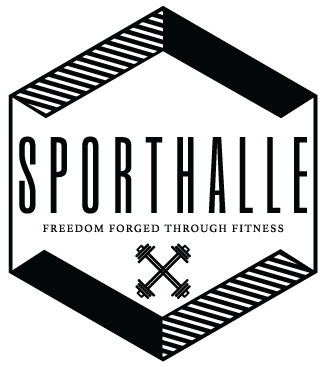Stop Counting Calories, Do This Instead
If you’ve ever pulled out all the measuring cups for your spinach, torn meat into tiny pieces as you placed it on a scale, or counted out exactly 26 almonds then this is the article for you. Fed up with stubborn fat or not looking and feeling your best…you found a hardcore plan that spelled out EXACTLY what you were supposed to eat. You religiously plugged everything you consumed into a special calculator. You lugged around an oversized diaper bag laden with tupperware containers of your “meals”. Yea we’ve all been there…
Trying to balance your macros based on your calculated energy expenditure is one popular way to build a diet plan. It works for a lot of people who need to eat specific quantities of food to lose weight. So why doesn’t anyone stick with it?
Quite frankly it’s not really worth the time and effort of tedious weighing, measuring, and portioning. Especially when counting calories has some serious flaws. In fact calorie estimation is kind of like a game of telephone. Depending on lab equipment, human error, rounding, moisture, conversions, and a host of other factors calorie estimations can be widely miscalculated.
Yes it can be a great learning opportunity and gets you really thinking about what you’re putting in your body. But there has got to be a better way…Right?!
Instead of counting calories focus on quality of food and learning how to estimate portion sizes to keep your body healthy and satiated. You only need one tool to measure your food with and you just so happen to be blessed with two of them (unless you’re Jaime Lannister). That’s right, your hands are the only measuring tool you’ll be using from now on. Let’s explore how to use your hands to measure different food categories so you can stop wasting time counting calories. Your hands can be used to calculate:
- Protein
- Vegetables
- Carbohydrates
- Fats
Let’s take a look at how.
Protein
For protein you want to use your palm to estimate portion size. That means a portion the same length, width, and thickness of your hand without the fingers. Men should eat about 2 palm sized portions of protein at each meal and women should try to eat 1 palm sized portion. This applies to foods like meat, fish, eggs, and dairy.
Vegetables
For vegetables you can make a fist with your hand and use that to estimate portion size. Mens should try to eat 2 fist sized portions at each meal and women should shoot for 1 fist sized portion. This works for foods like broccoli, asparagus, spinach, carrots, peas, and many other veggies.
Carbohydrates
For carbohydrates you will want to curl your hand making it into a small cup shape. Carbohydrates include grains like bread and oatmeal, starchy vegetables like potatoes, and fruits. Men can eat 2 cupped hand sized portions and womens can eat 1 cupped hand sized portion per meal.
Fats
Last of all is calculating your fats. For fats you can use your whole thumb to estimate portion size. Men would use two thumbs to estimate their fat portion and women would use 1 thumb to calculate theirs. This works for foods like oils, butter, avocado, nuts, and seeds.
What has two thumbs and knows how to easily balance their meals?
–> THIS GUY! <–
Now that you know how to easily estimate a healthy portion size for your bodies it’s time to ditch the scales and measuring cups. Focus on quality foods, a daily movement practice, and enjoying your life!
If you are looking for more ways to make healthy habits a fun and easy part of your day then get in touch with one of our coaches today!!
